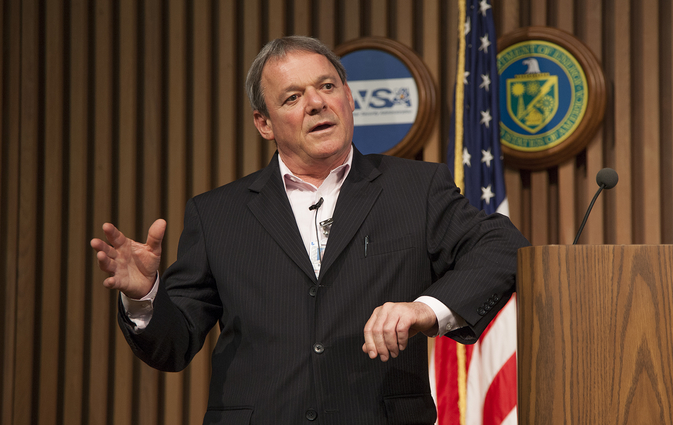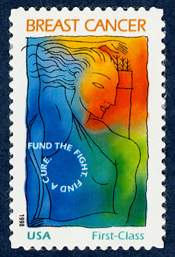Surgeon shares crusade to stamp out breast cancer
Dedicating his talk, "A Journey to a Cure," to his deceased father who held a Ph.D. in physics and math, Bodai, former chief of surgery at Kaiser Permanente in Sacramento and current director of the Breast Health Center, remarked: "My dad would have loved to work in a place like this (the Lab)."
"Tough times are a good teacher," he said. "To know good, you have to know not so good."
Following immigration to the United States, Bodai received his bachelor's and master's degrees from UCLA and his M.D. degree from UC Davis in 1977, where he now serves as clinical professor of surgery.
Bodai's accomplishments are numerous -- he has authored 250 medical articles, published five books (four on cancer) and holds a number of medical device patents, including one he takes particular pride in -- the Bodai valve, a neonatal suction device that has saved lives all over the world. But, with all his accolades, he seems the most consumed and energized by an idea he had back in 1996, after treating thousands of breast cancer patients and realizing the dire need for funding for research.
In the United States alone, breast cancer is on the rise and expected to reach 480,000/year by 2017. Bodai's idea was to institute the first ever fundraising postage stamp in U.S. history that would sell at more than face value with an amount donated directly to breast cancer research.
Initially turned down by the United States Postal Service, the stamp is now, of course, a reality, but only after a long and rigorous journey that began with many letters and many trips to Washington, D.C.
"I realized that it would take an act of Congress," he said about his cause. "I became a lobbyist." In July 1997, the bill was passed in the House of Representatives, by a vote of 422 to 3. The following day the bill was passed unanimously on the Senate floor. And, in July 1998, the stamp was unveiled. Since the unveiling, more than 950 million stamps have been sold, raising nearly $80 million for breast cancer research and becoming one of the highest selling stamps in history.
The Breast Cancer Research Stamp has since been introduced to the international community. Some 77 countries have either expressed an interest or are pursuing their own endeavor.
The journey to a cure continues.
The talk was sponsored by SHRM Work-Life Programs, in partnership with Health Services.






